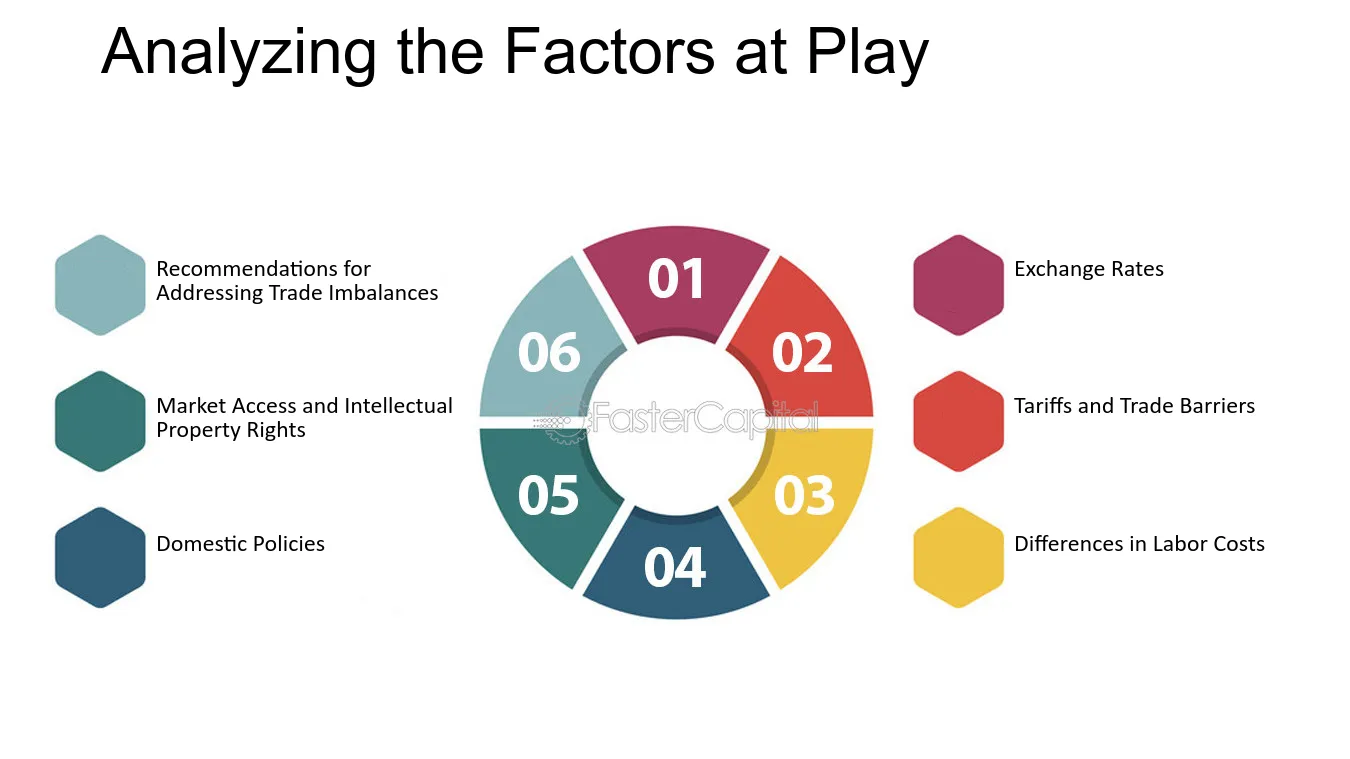Indian Stock Market Surges Toward New Highs: Is This the Bull Run Investors Have Been Waiting For
The Indian stock market, a dynamic barometer of the nation’s economic health, has recently been making headlines with its impressive rally. Major indices, including the Sensex and Nifty 50, have been climbing steadily, prompting investors and analysts to speculate whether this marks the onset of a sustained bull run. In this article, we delve deep into the current trends, driving forces, and potential risks shaping the Indian stock market’s trajectory.
Current Market Overview

As of November 2024, the Sensex and Nifty 50 indices have consistently demonstrated resilience. Sensex recently breached the 79,000 mark, while Nifty 50 has been hovering around the crucial 24,500 resistance level. This upward momentum follows a period of consolidation, during which markets absorbed various macroeconomic shocks, including geopolitical tensions and fluctuating commodity prices.
Key technical indicators point towards a bullish outlook. Nifty 50’s recent formation of a “Piercing Line” candlestick pattern, a bullish reversal signal, has raised investor confidence. Similarly, the Sensex’s ability to maintain gains above its 20-week exponential moving average suggests strong support at lower levels.
Sectoral Performance and Key Drivers

1. Banking and Financial Services
The BFSI sector has been a cornerstone of the recent rally. Bank Nifty, a benchmark for the banking sector, has surged past 52,000, with major contributors like HDFC Bank and ICICI Bank posting robust quarterly results. Improved asset quality, declining non-performing assets (NPAs), and a pickup in credit growth have fueled investor optimism.
2. Information Technology
The IT sector, despite global headwinds such as a potential U.S. recession and declining tech spending, has shown resilience. Industry leaders like TCS and Infosys have leveraged digital transformation trends to maintain revenue growth.
3. Energy and Infrastructure
The energy sector, particularly renewable energy, has attracted significant investment. Companies like Reliance Industries are doubling down on green energy projects, aligning with India’s ambitious goal of achieving net-zero emissions by 2070. Infrastructure development under the Gati Shakti plan has further boosted construction and capital goods sectors.
4. Consumer and Retail
With inflation moderating and festive demand picking up, the FMCG and retail sectors have seen increased activity. Consumer sentiment is on the rise, bolstered by stable employment and income growth.
Economic Indicators and Policy Support

The Indian economy remains one of the fastest-growing major economies globally, with an expected GDP growth rate of 6.5% for FY2024-25. Key macroeconomic indicators provide a supportive backdrop for the equity markets:
- Inflation: After peaking earlier this year, inflation has started to moderate, aided by declining food and fuel prices.
- Monetary Policy: The Reserve Bank of India (RBI) has maintained a balanced stance, focusing on controlling inflation while supporting growth through liquidity measures.
- Foreign Direct Investment (FDI): India has continued to attract robust FDI inflows, particularly in technology, manufacturing, and infrastructure sectors.
Global Factors at Play

The global macroeconomic environment significantly impacts the Indian stock market. Recent developments, such as the ongoing U.S. Federal Reserve’s interest rate policy and the geopolitical tensions in the Middle East, have created volatility in global financial markets. However, India has largely remained insulated, thanks to its strong domestic consumption and policy measures aimed at reducing dependency on external markets.
Additionally, the decline in crude oil prices has provided much-needed relief to India, a major oil importer. This development not only helps in controlling inflation but also reduces the fiscal deficit, thereby freeing up resources for capital expenditure.
Potential Risks and Challenges

While the current rally has instilled optimism, several risks could temper the market’s bullish momentum:
1. Geopolitical Uncertainty
Geopolitical tensions, especially in the Middle East, pose a risk to global oil supply chains, which could lead to price volatility.
2. Global Recession Fears
The possibility of a global recession, particularly in developed economies, could dampen investor sentiment. A slowdown in global demand may impact India’s export sectors.
3. Domestic Political Risks
With general elections slated for 2024, political uncertainty could weigh on market sentiment. Policy continuity and investor confidence hinge on the outcome of these elections.
4. Valuation Concerns
Valuation metrics indicate that Indian equities are trading at a premium compared to their historical averages. This could make the market vulnerable to corrections, especially if corporate earnings fail to meet expectations.
Investor Strategies: Bull or Bear?

Given the mixed signals, how should investors navigate this market? Here are a few strategies:
1. Buy on Dips
For long-term investors, buying on dips remains a prudent strategy. Market corrections often present opportunities to accumulate quality stocks at attractive valuations.
2. Sector Rotation
Investors may consider rotating between sectors based on economic cycles. Currently, sectors like banking, capital goods, and renewable energy offer promising prospects.
3. Diversification
Maintaining a diversified portfolio can help mitigate risks associated with sector-specific or market-wide downturns. Including a mix of equities, bonds, and alternative investments can provide stability.
4. Focus on Fundamentals
Investors should prioritize fundamentally strong companies with robust earnings growth, low debt levels, and strong management. Blue-chip stocks and mid-cap growth stocks could offer significant upside potential.
Conclusion: Is This the Bull Run?

The Indian stock market’s recent surge has all the hallmarks of a potential bull run. However, whether this momentum can sustain depends on a confluence of domestic economic policies, global developments, and corporate earnings growth. While risks persist, the long-term growth narrative for India remains intact, supported by structural reforms, demographic dividends, and an increasingly favorable business environment.
For investors, the current environment offers opportunities and challenges in equal measure. Staying informed, adopting a disciplined investment approach, and aligning portfolios with one’s risk tolerance will be key to capitalizing on the market’s potential.
For further reading and real-time updates, consider visiting platforms like
m/market/stock-market-news/nifty-50-sensex-today-what-to-expect-from-indian-stock-market-in-trade-on-november-6-ahead-of-us-election-results-2024-11730857617067.html), and financial blogs that track market trends.







